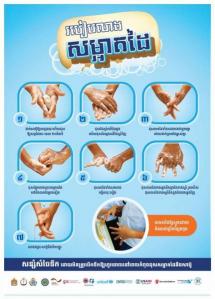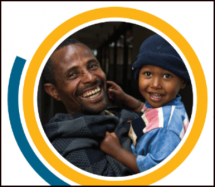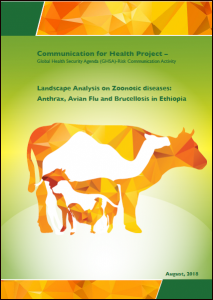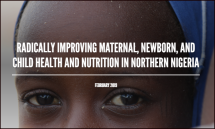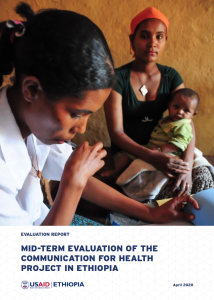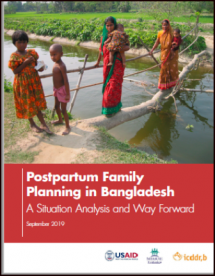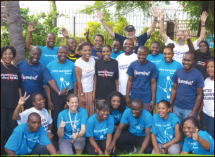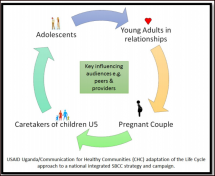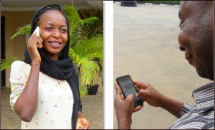COVID-19 Materials Developed through Breakthrough ACTION
Technical Briefs
- Technical Brief: Social and Behavior Change for Maternal, Newborn, and Child Health during COVID-19
- Technical Brief: Virtual Pretesting during COVID-19
- Technical Brief: COVID-19 Rumor Tracking Guidance for Field Teams
- Technical Brief: Disrupting COVID-19 Stigma
- Technical Brief: Using SMS and IVR-Based Surveys during COVID-19
- Technical Brief: COVID-19 Rumor Tracking Guidance for Field Teams
- Technical Brief: Handwashing with Soap: A Key Part of the COVID-19 Response
- Technical Brief: Socially Marginalized Groups and COVID-19
- Technical Brief: Using Social Media to Disseminate COVID-19 Information
- Technical Brief: Integrating Gender in the COVID-19 Response
- Technical Brief: Creating a Real-Time Rumor Management System for COVID-19
Guidance Documents
- Taking Action to increase Gender Equality – Guidance Supplement: Gender Indicators
- Synthesized Guidance for COVID-19 Message Development
- Synthesized Guidance for COVID-19 Message Development Navigation Aid
- Guidance on Social and Behavior Change for Family Planning During COVID-19 (French)
Countries
- Bangladesh
- Burkina Faso
- Cambodia
- Côte d’Ivoire
- Eswatini
- Ethiopia
- Ghana
- Guinea
- Guyana
- Indonesia
- Mozambique
- Myanmar
- Nigeria
- Philippines
- Senegal
- Sierra Leone
- South Africa
- Vietnam
Source: Breakthrough ACTION/Johns Hopkins Center for Communication Programs
Date of Publication: October 21, 2020
SIMILIAR RESOURCES
Tools
Examples
- Message Toolkit Version 1 - Risk Communication for COVID-19
- Message Toolkit (Version 2) - Risk Communication for COVID-19
- Technical Brief: Virtual Pretesting during COVID-19
- Technical Brief: Integrating Gender in the COVID-19 Response
- Technical Brief: Handwashing with Soap: A Key Part of the COVID-19 Response
- Nigeria Centre for Disease Control COVID-19 Resource Center
- Technical Brief: COVID-19 Rumor Tracking Guidance for Field Teams
- Communication sur le COVID-19
- Technical Brief: Using Social Media to Disseminate COVID-19 Information
- International COVID-19 Awareness and Responses Evaluation Study

